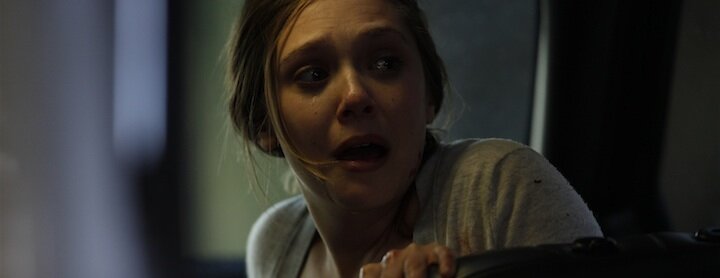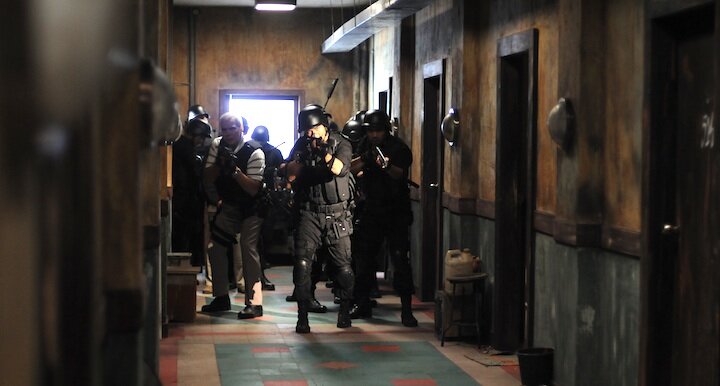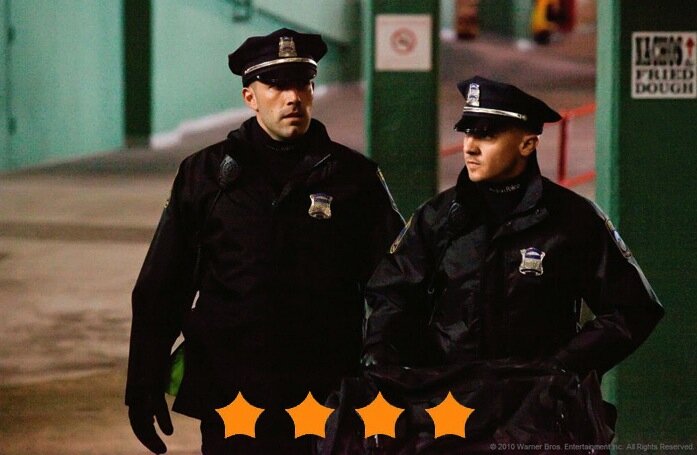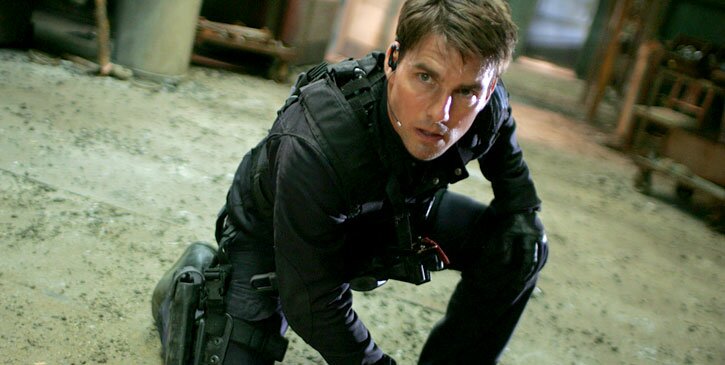
Long before I saw Silent House (out today in the UK), while hiding from the real world behind books and exams, I wrote an incredibly geeky thesis on the relationship between text and screen, which postulated that: given sentences on the page are the equivalent of takes on film, linguistic analysis of voice and narrative in a novel (and a script) could be related directly to the positioning of a camera in a cinema adaptation.
Because unlike literature, which can roam wherever the heck it wants, video cameras are physical and must be placed somewhere: films inherently have a perspective, which means that every shot is actively positioning the audience.
That’s why first-person POV is such an interesting choice, not to mention the more subtle decisions about the camera's proximity to the people on screen – the choice, for example, to only show scenes that contain a specific character.
But arguably the most curious technical decision a director can make is the long shot. Presenting something in a single, continuous take frees up the audience to track their own way through a scene - but it also restricts them to a set path of exploration, turning at a predetermined point, lingering on certain details.
Is it more immersive than a traditional montage sequence? When done well, it can be.
Which is what makes Silent House such an effective horror movie: ok, so like Alfred Hitchcock’s Rope it’s not really all done in a single shot, but by keeping the camera rolling and staying close to Elizabeth Olsen, our knowledge is as limited as hers. We don’t ever see a person coming up from behind her: to be more exact, we can’t. And in a world where we’re used to the chronological or causational relationship between consecutive shots, not being able to see something from a reverse angle makes things more terrifying.
The ending of Chris Kentis and Laura Lau’s movie, sadly, ruins the whole effect – because of the script, I should add, not because of the visual technique.
So to celebrate the technical achievement of Silent House’s 88 (purportedly) uncut minutes, here are some of cinema’s most effective long takes...





